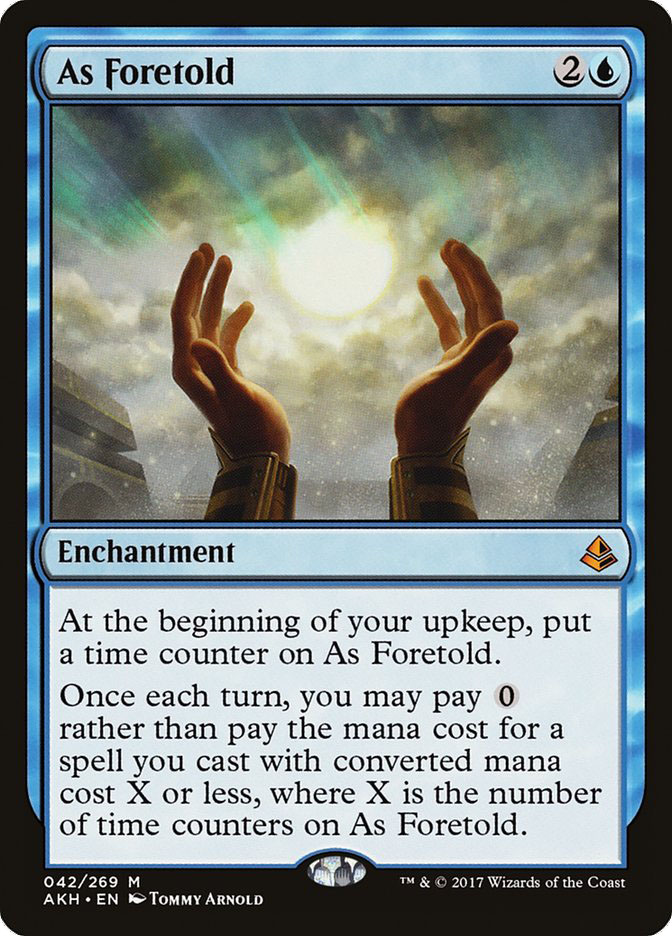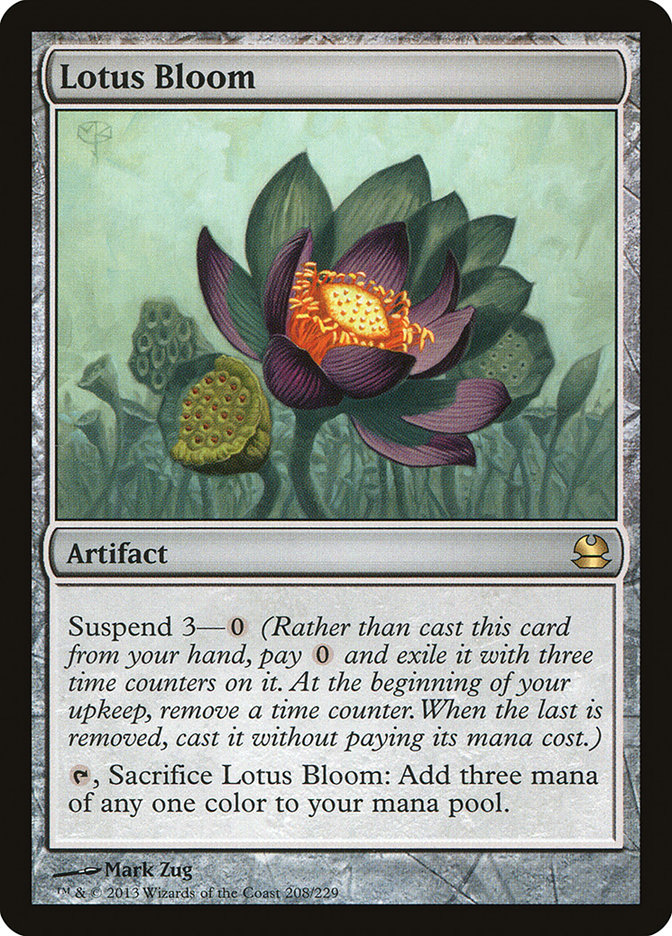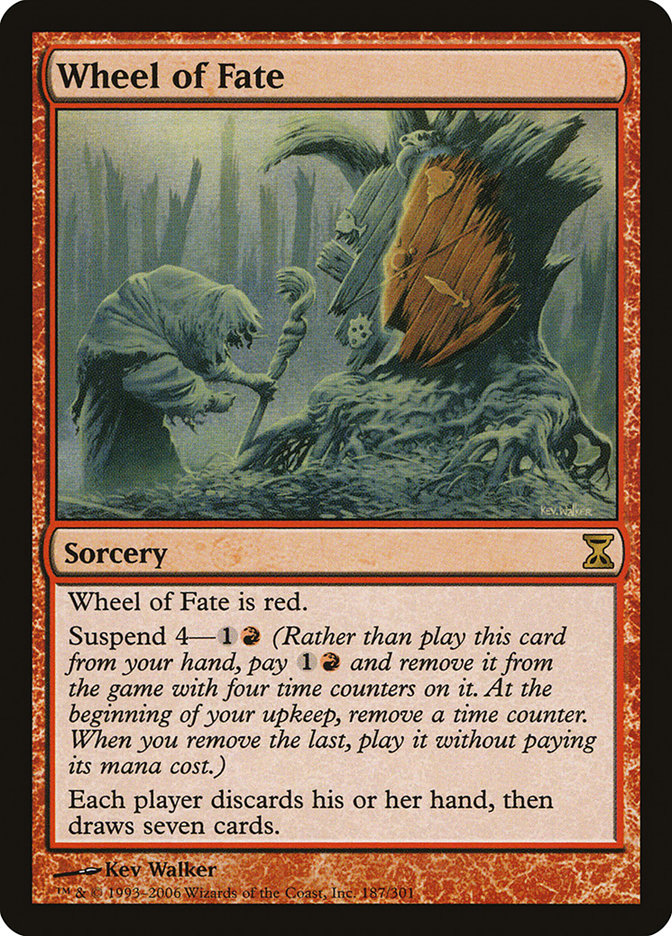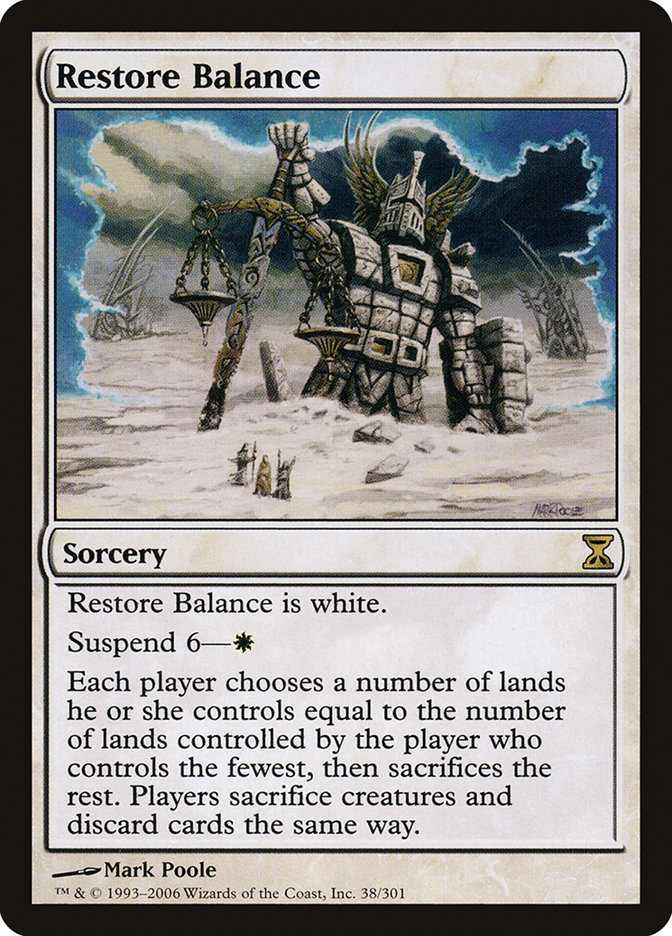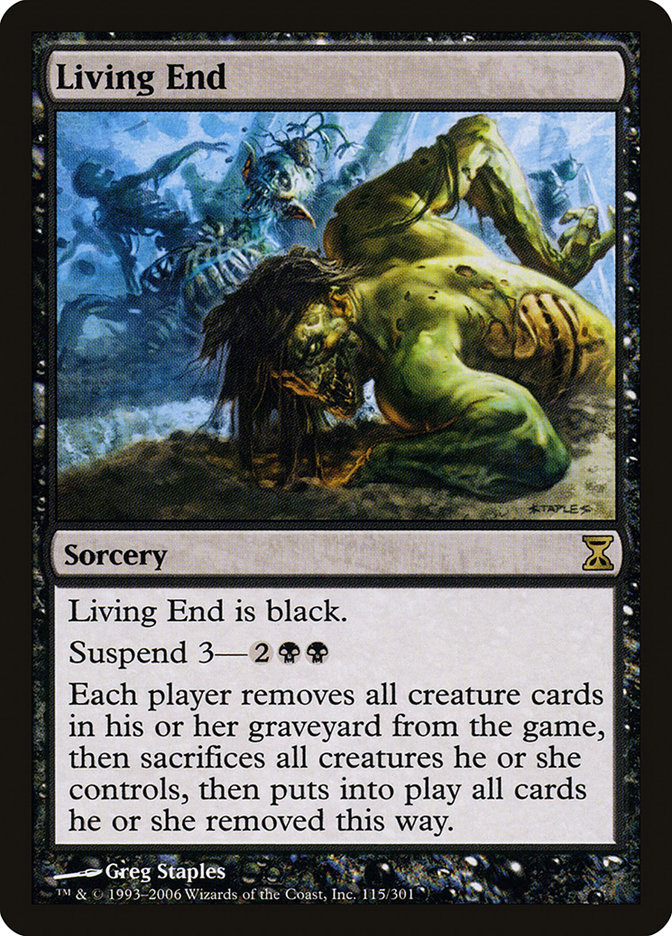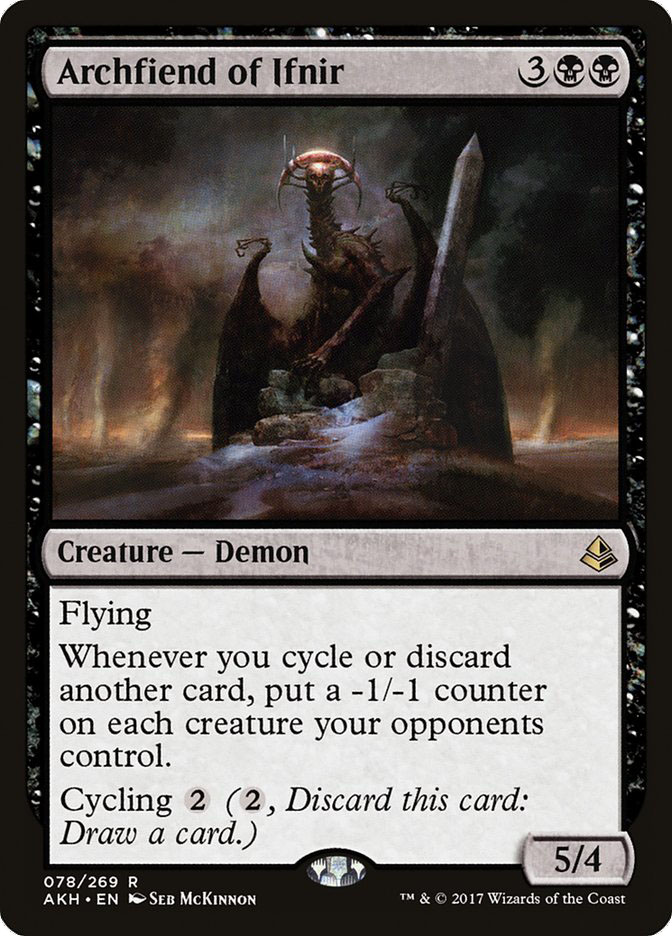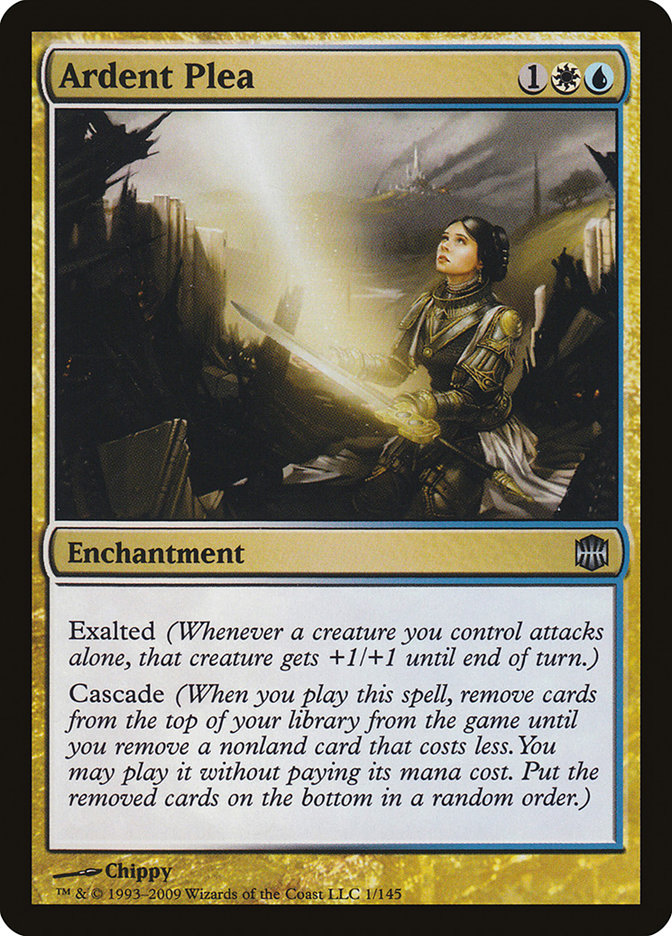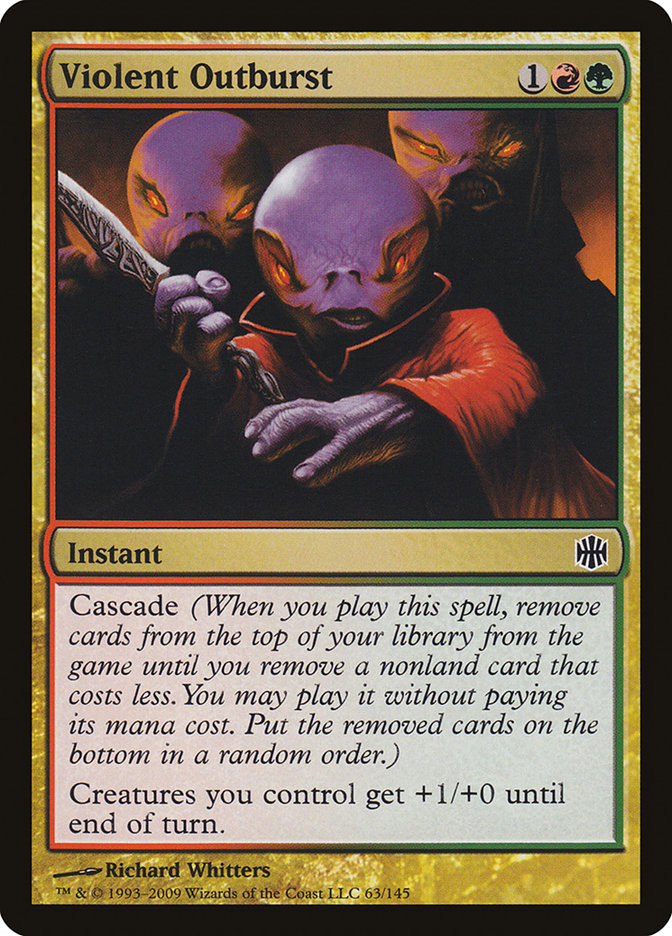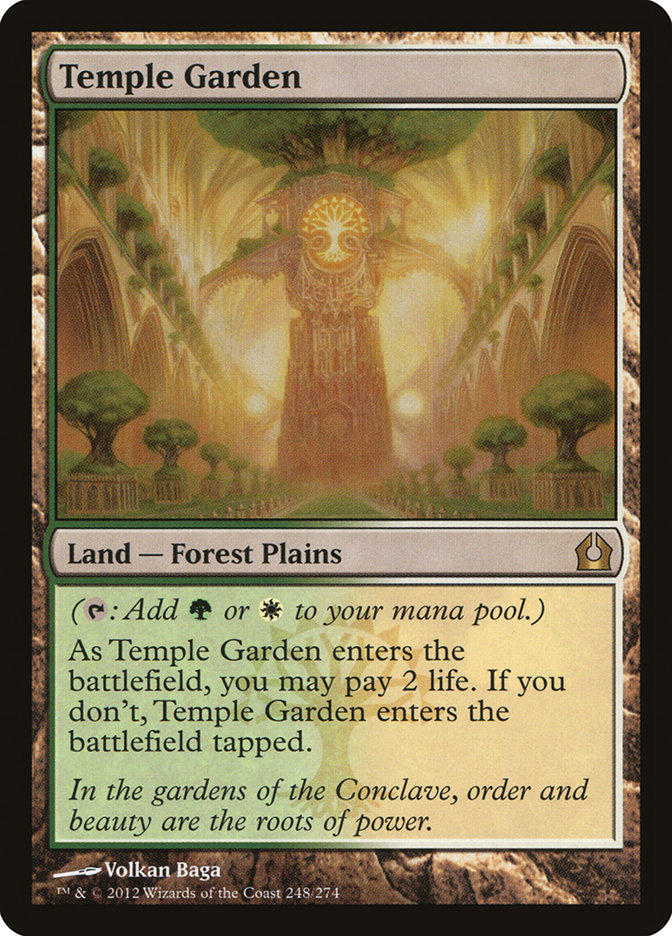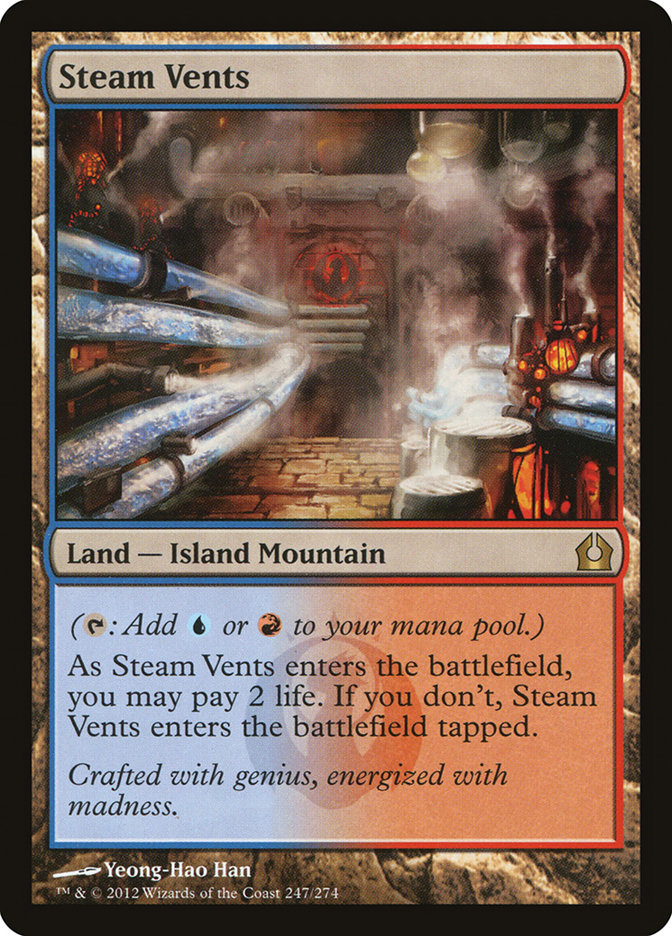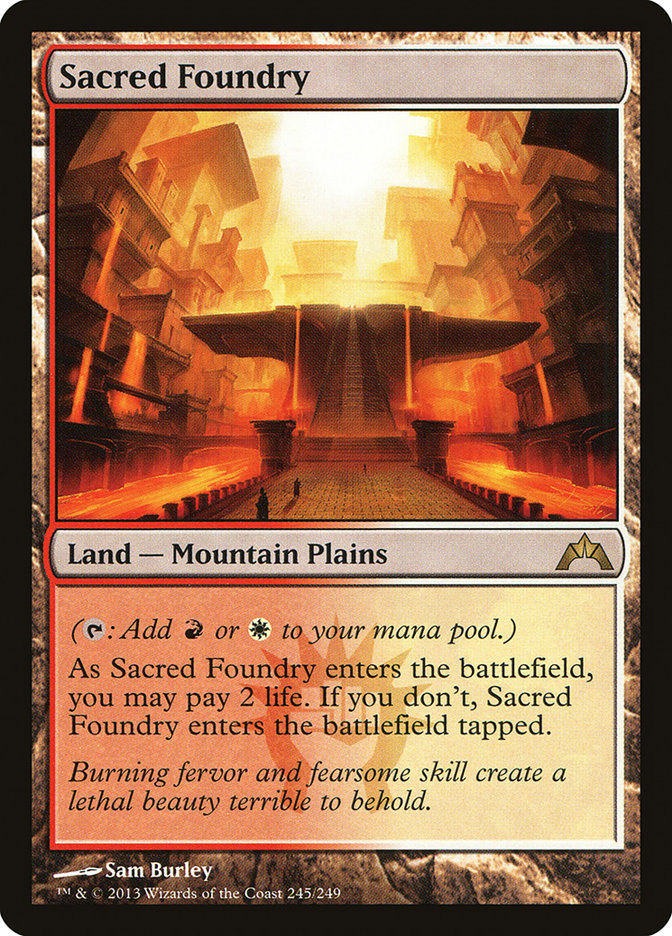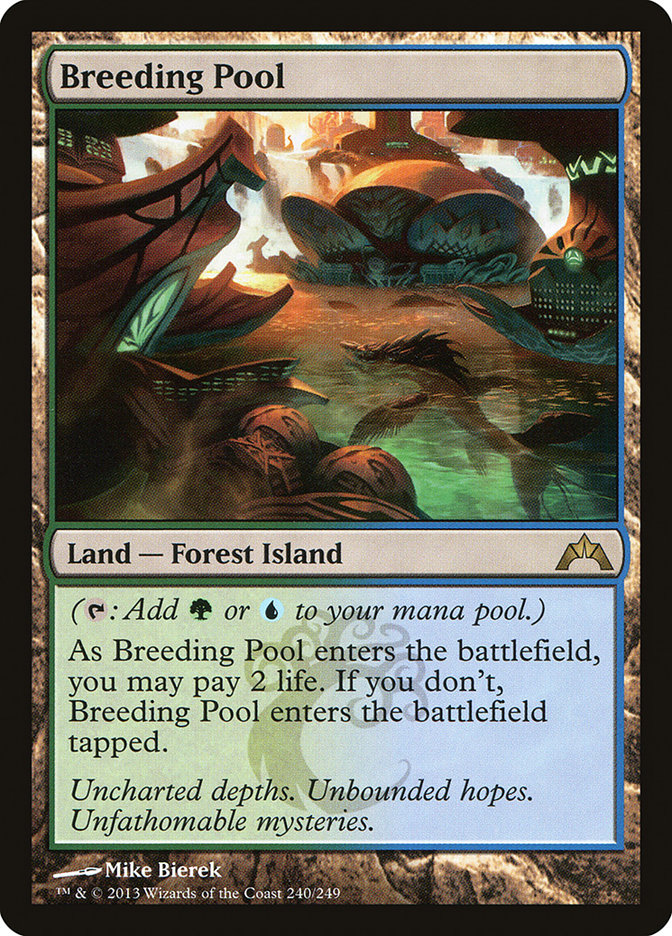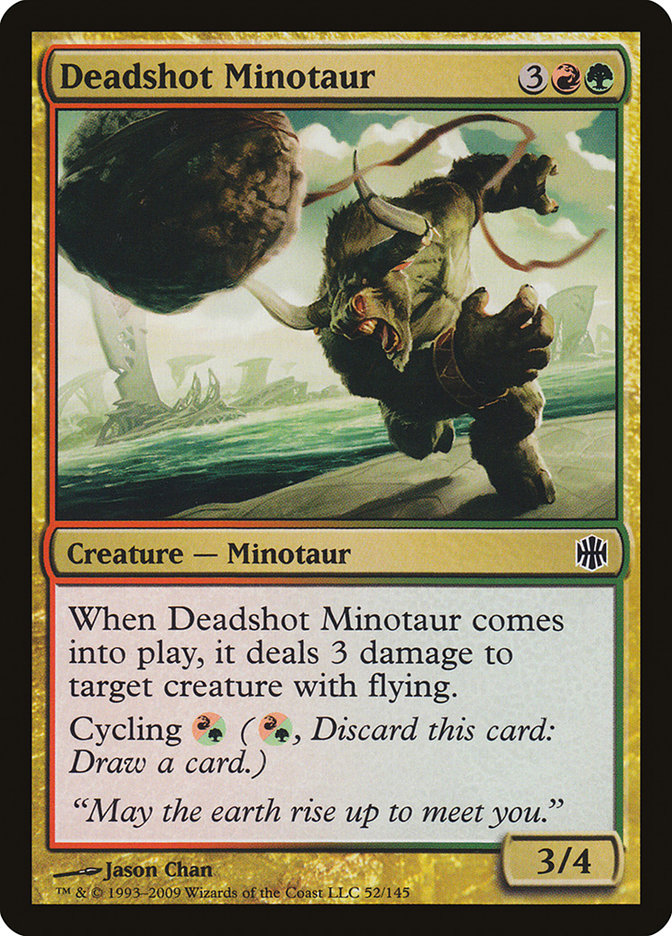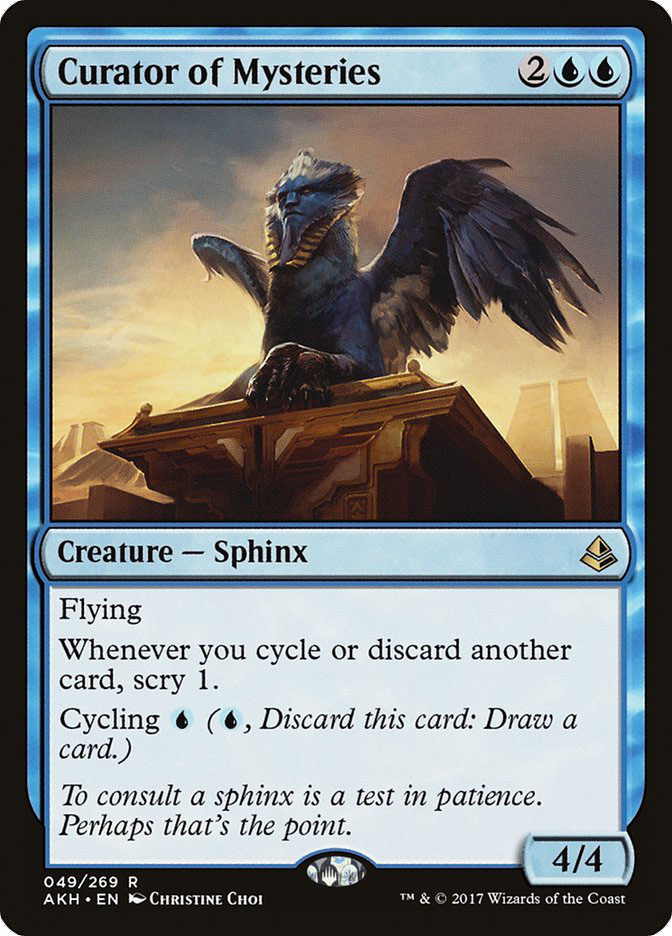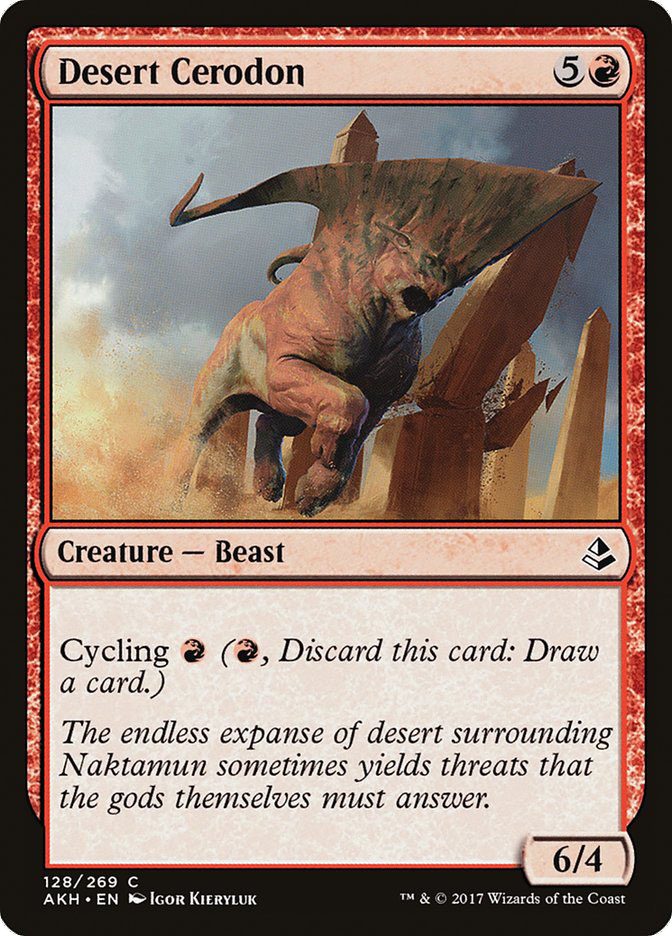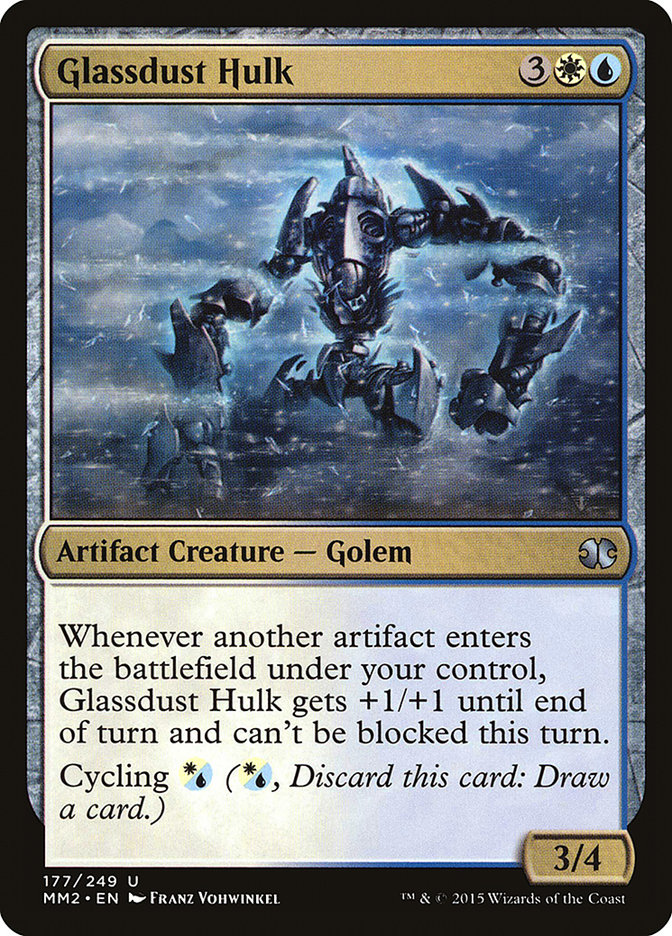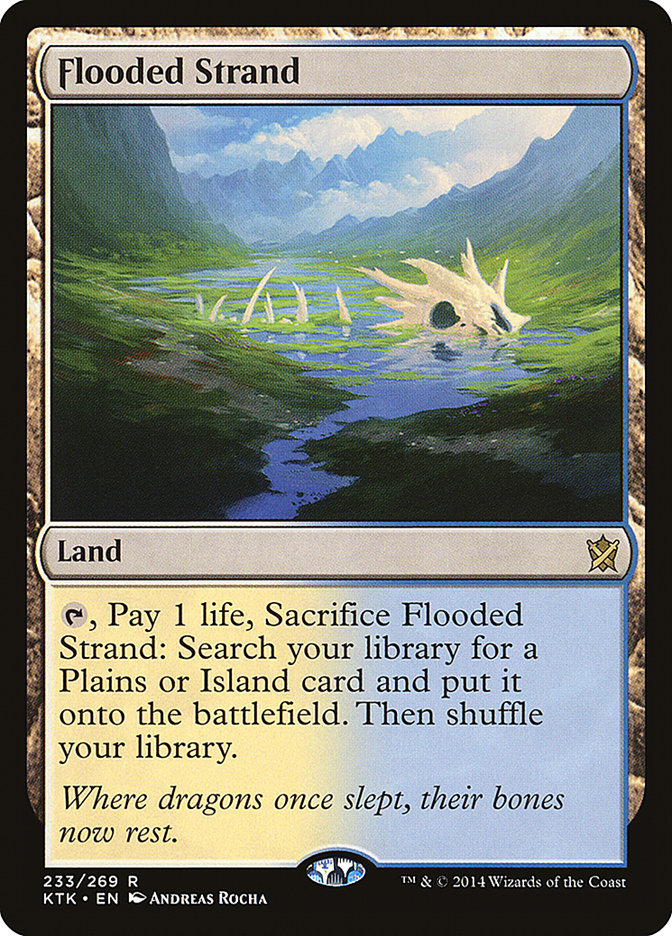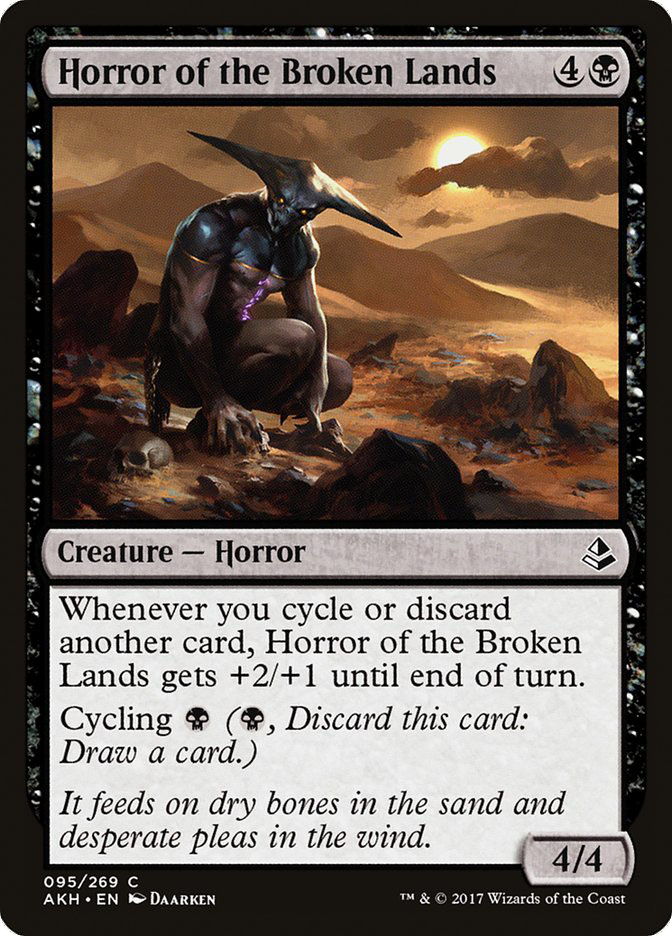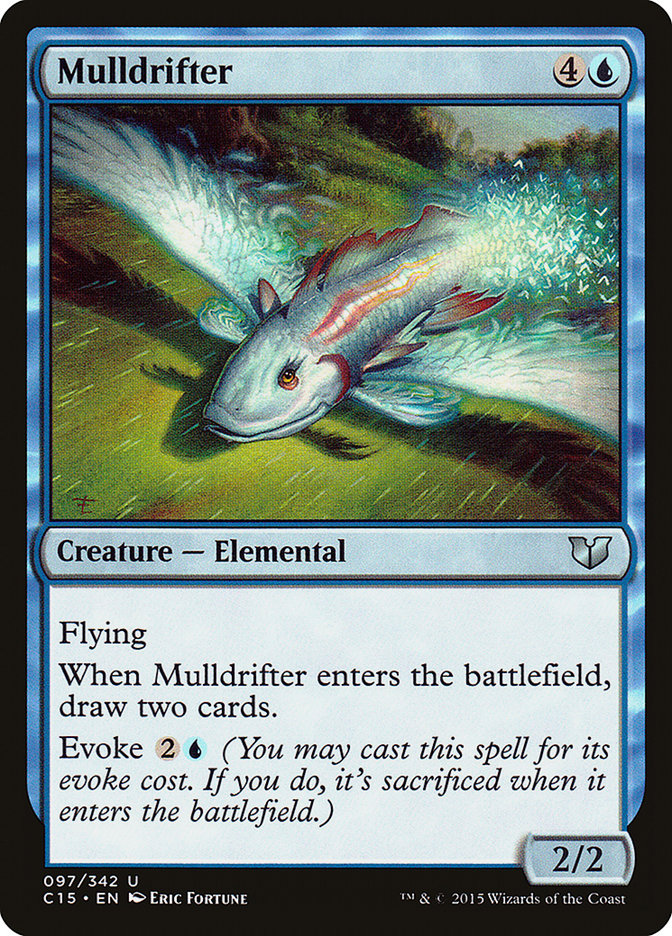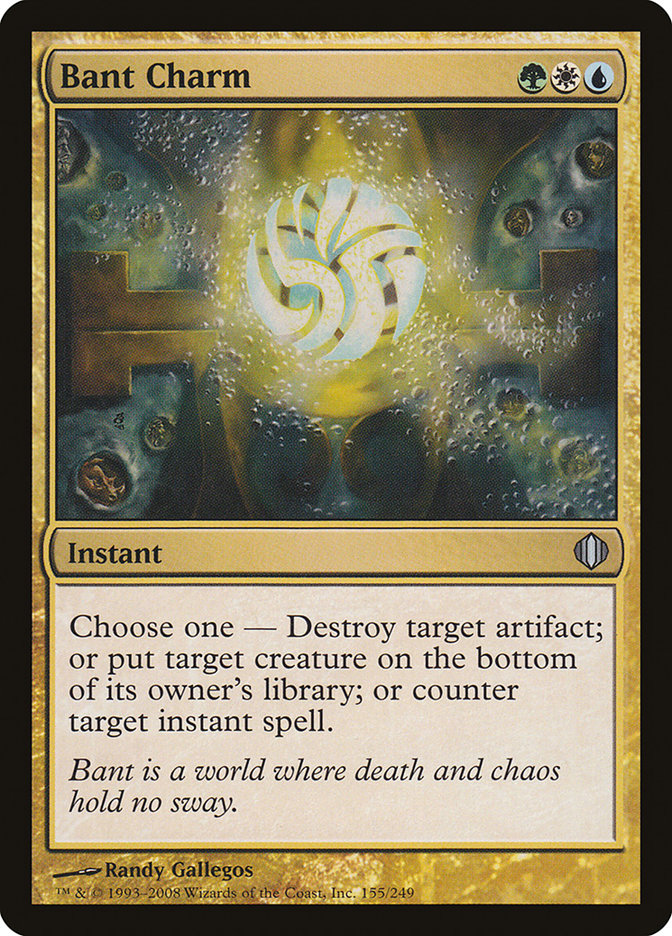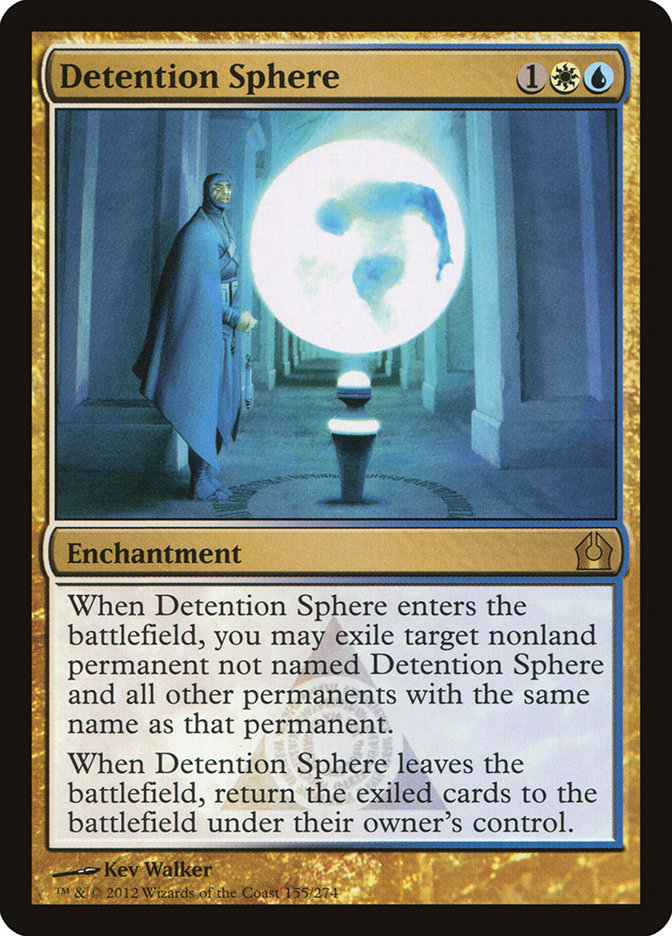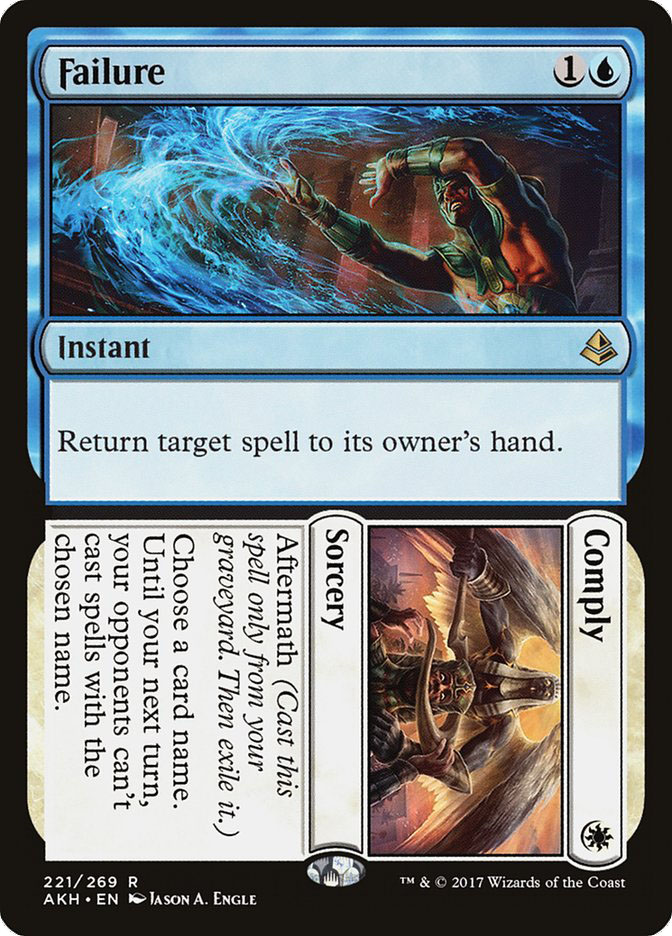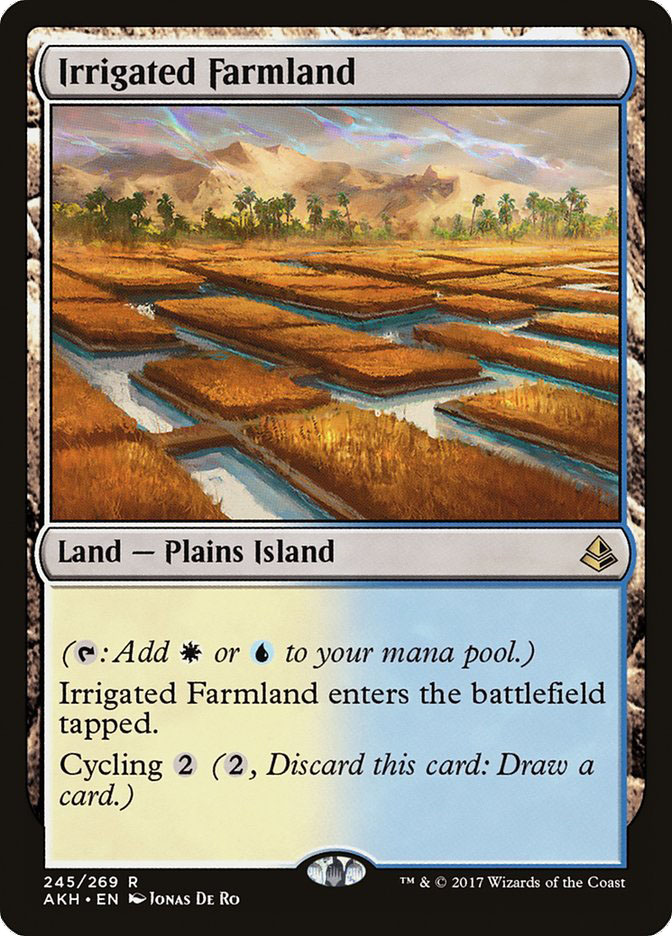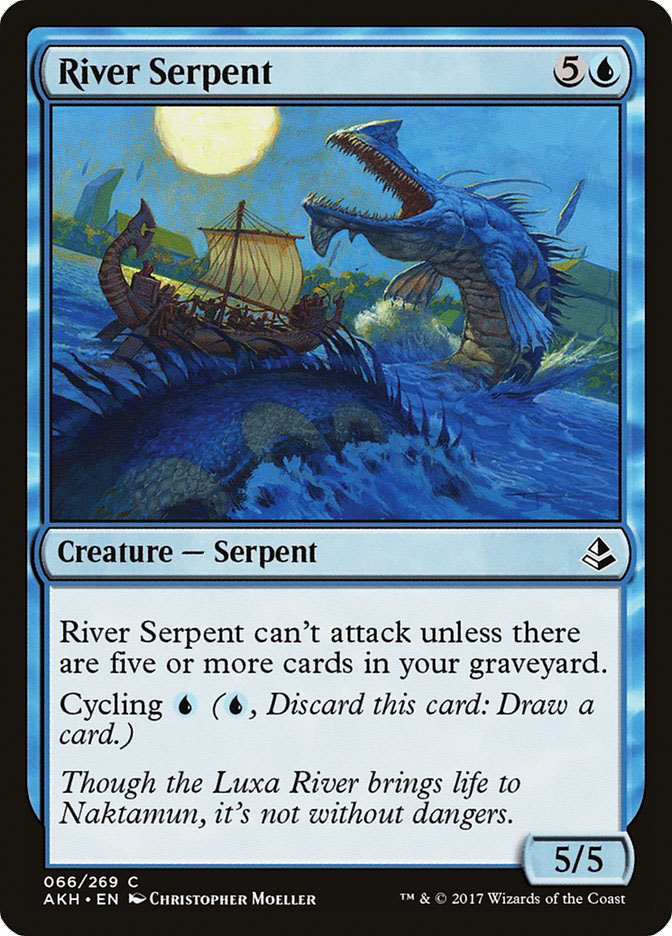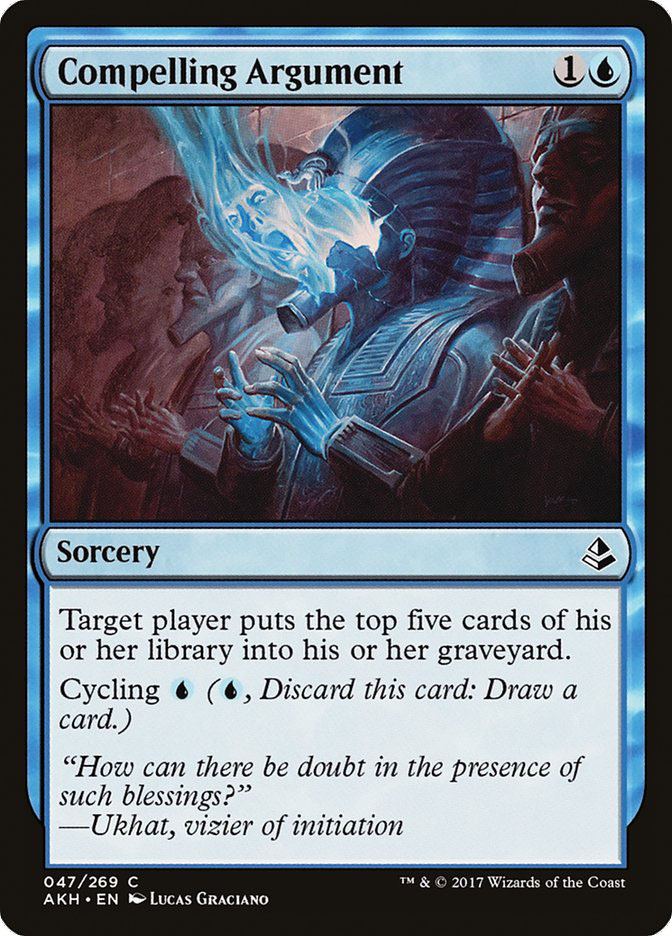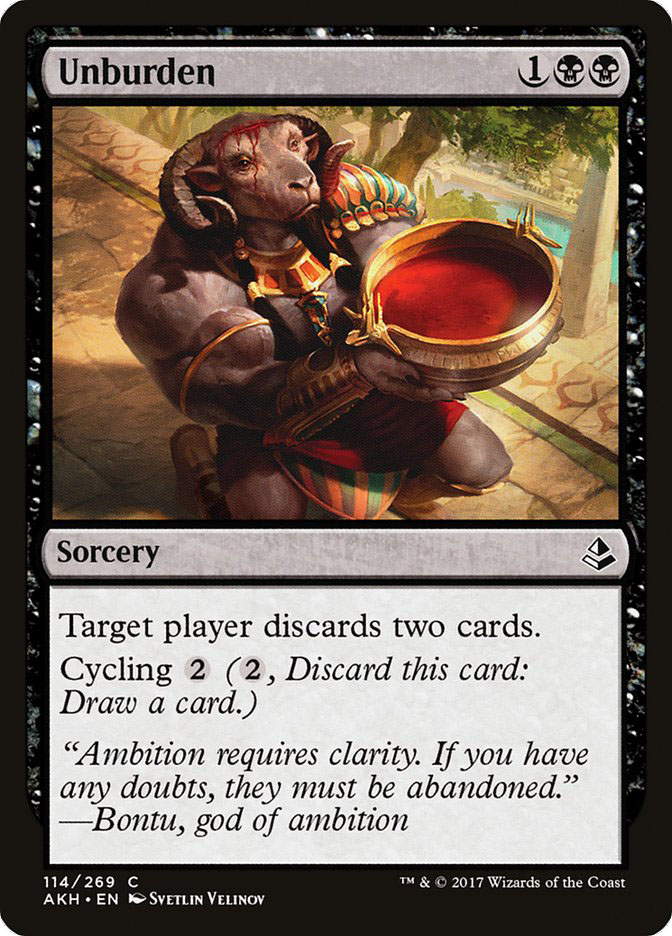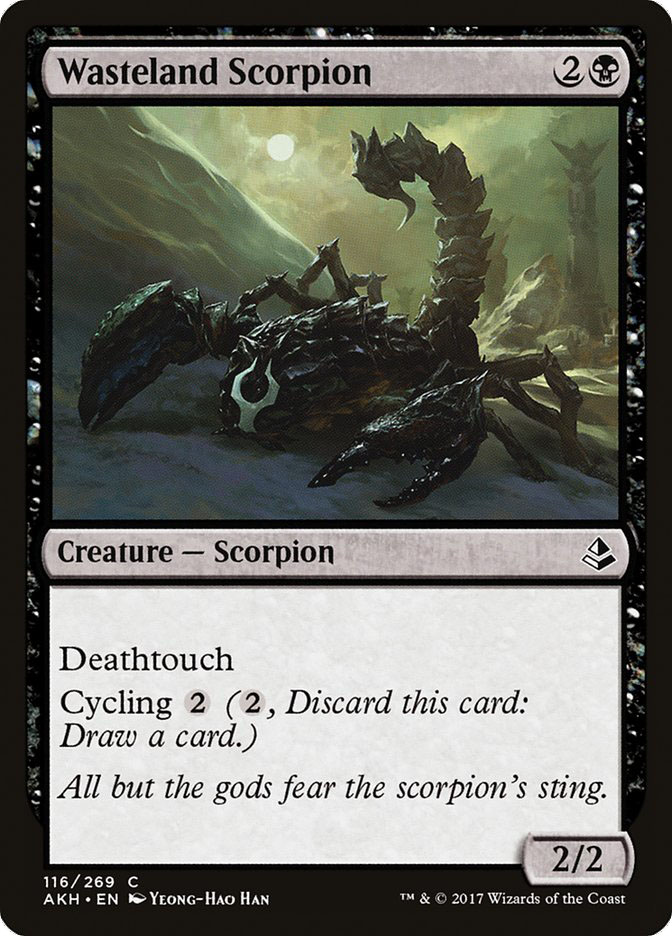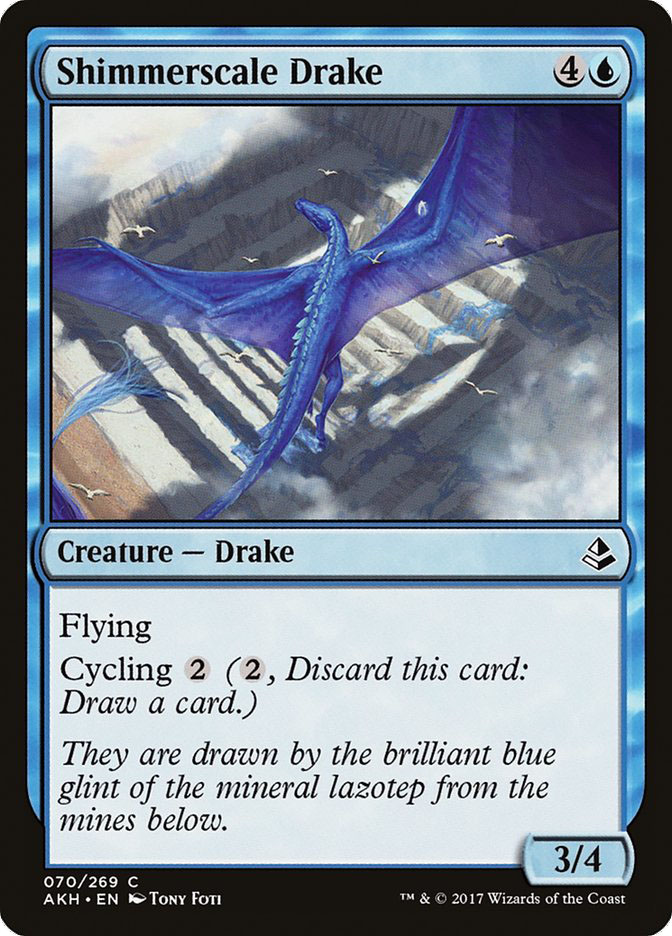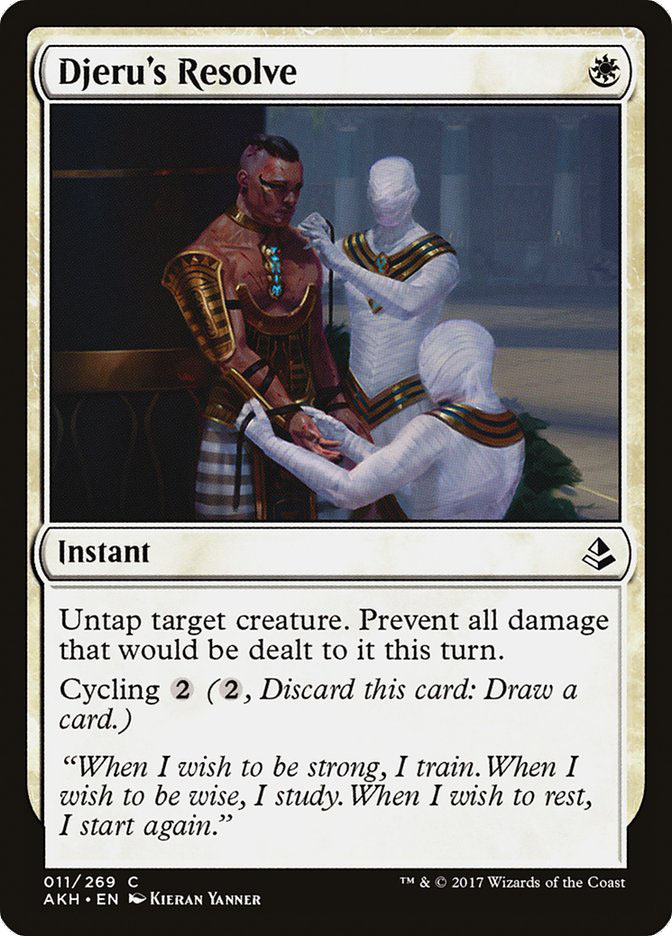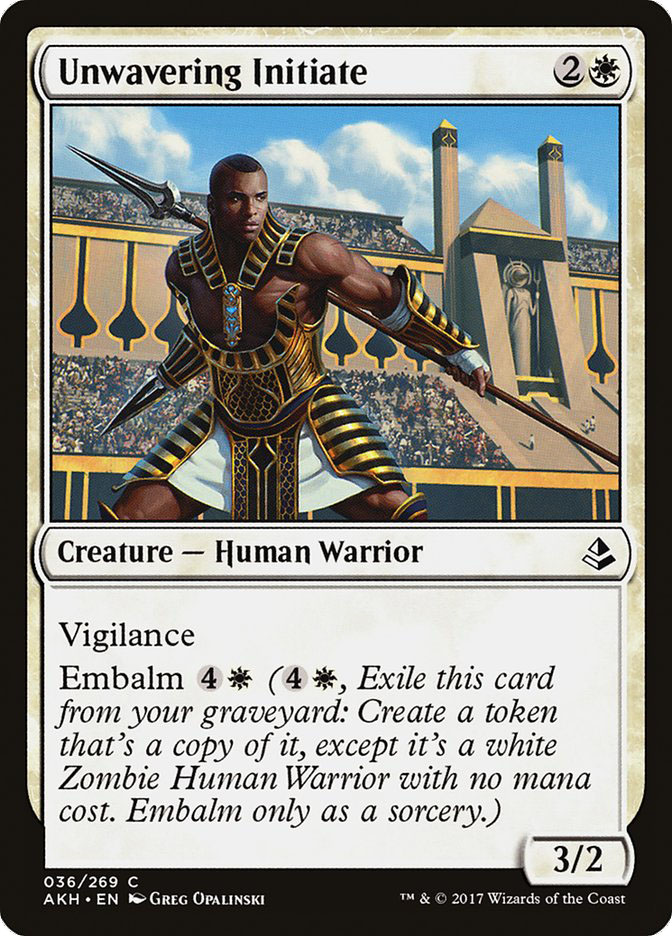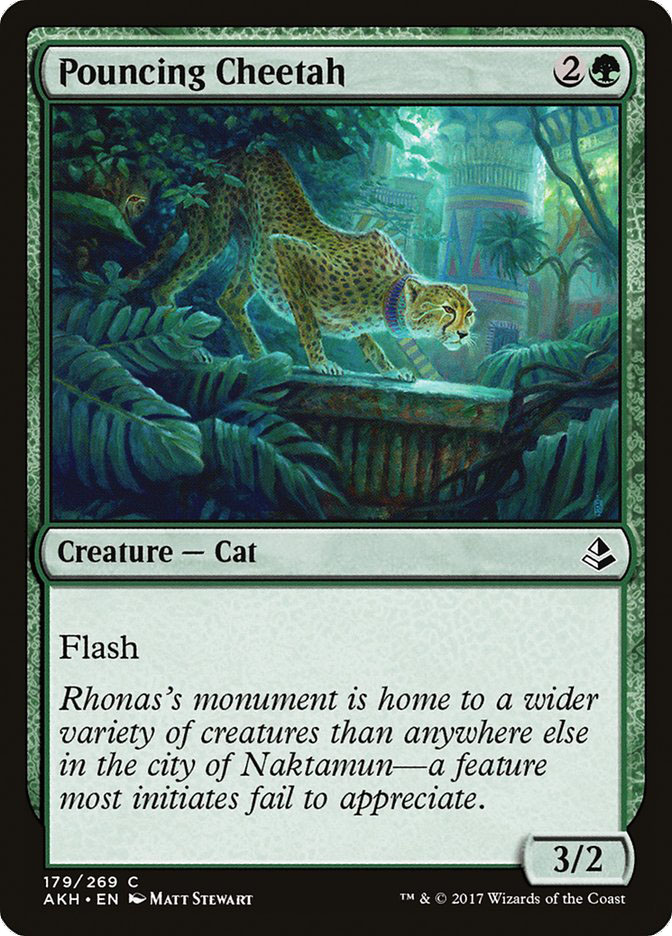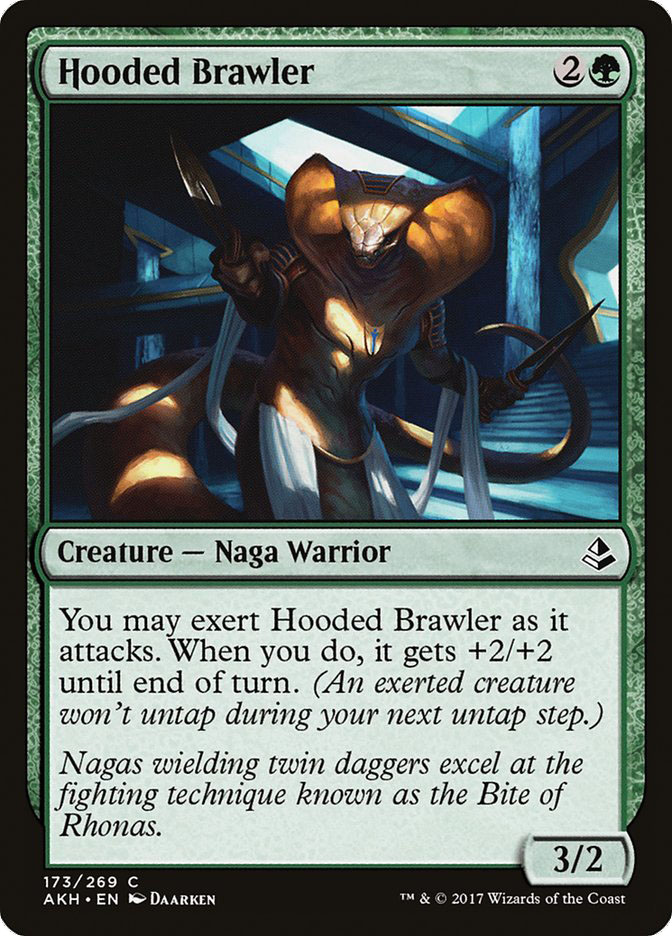Free spells are great. We know this.
I’m not the dreamer here. I see As Foretold and these alternate null cost cards and get immediately turned off. Wow, I spent three mana to make three mana next turn. That’s so long from now, I may have died of old age. Wow, I paid three mana to draw seven cards. I can pay three mana and tutor chain for lethal with Gifts Ungiven and Baral, Chief of Compliance these days. Drawing seven cards should mean they die that turn. Paying three for Concentrate with follow up of making your future Ancestral Visions good is a bit more exciting, but that’s a job for someone like Shaun McLaren or Corey Burkhart.
I just want the game to be good and over when I cast my “broken” three-drop. Is that too much to ask? I want to take the known, most powerful null-cost spells and make them better. They both get powerful new tools, so it’s time to rework them from the ground up.
The Restore Balance update is fairly easy and you can confirm as you read that the list follows most of these principles. I want to start with the deck that I’ve maligned for quite a while: Living End. It was the deck first in people’s spotlights due to cycling also returning, but I think they are all doing it wrong.
For example, Archfiend of Ifnir is trash. I can mathematically prove it: two is greater than one. If I wanted to pay an extra mana to win the game more later, I would be playing Ridge Rannet for style points.
Let’s start from base premises for the interesting discussion. We are trying to incorporate As Foretold, as that’s the most novel and interesting puzzle. We could just splash blue in our normal Living End deck, given that the current lists are playing four Architects of Will anyway with a Watery Grave. Trim some of the flex slots like Faerie Macabre, add As Foretold, maybe add a Steam Vents or Breeding Pool, and you are done.
I want to jump into the deep end with nonblack Living End. Emma Handy went down this alternate four-color road two weeks ago but ended up on no-green instead. In my experience with these decks, the upgrade from Demonic Dread to Violent Outburst alone is enough to switch colors. You have both the instant speed and not requiring a target to consider here. Technically you can’t suspend Living End, but in my experience playing with and against the deck, I’m not even sure I can remember a game where a suspended Living End decided that game. Plus, now you have As Foretold, so why should the Living End even leave your hand?
The key to figuring out a four-color deck for Modern is defining your shocklands and fetchland patterns. These are lessons that date back to Tribal Flames Zoo, which was quite frankly a mess. Now that you have all ten fetchlands, things get easy.
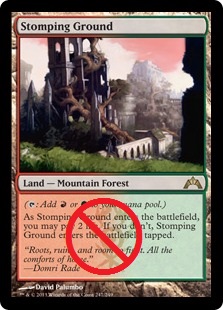
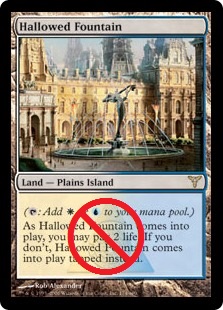
Rule number one is to try to offset your shocklands and your multicolored cards. In this case, that means not playing Ardent Plea and Violent Outburst with Hallowed Fountain or Stomping Ground as primary lands. The reason for this is that you want to maximize the odds that any two lands provide the necessary colors to cast your spell. The requirements are a little less strict here, as your multicolored spell costs three, but drawing Island, Temple Garden, Hallowed Fountain, Violent Outburst makes you look dumb. These two shocklands might make the cut, but they will be filling the gaps at the end.
OR
The second step is defining your core pair of lands to fetch. You are going to play all four, but which ones are the best to have early on? These are the lands that should define your fetchlands. Similar to not overlapping multicolored cards and shocklands, you don’t want to overlap fetches and shocks. Steam Vents, Temple Garden, Scalding Tarn, Windswept Heath will lead to cases where drawing multiples of the same fetchland is going to mess up your mana.
In Living End, this decision is defined by using both of your mana on turn 2 to cycle. One of the issues with no-black is that your hybrid cyclers don’t overlap, so that case is a lost cause, but what about the splits? Looking at the one-cost cycling options, it becomes quickly clear there isn’t much going on with green or white. Aside from the hybrids, your only green or white option in the one-mana category is Winged Shepherd, which is likely just dying to your Deadshot Minotaur’s non-optional trigger. That points towards using Sacred Foundry for red cycling on Desert Cerodon and Breeding Pool for Curator of Mysteries, which actually survives a single Minotaur trigger.
What fetches do we want with Sacred Foundry and Breeding Pool? Step one is that Arid Mesa and Misty Rainforest are off the table, but then what? What basics do we want to fetch? I think that Mountain is probably the least desirable, both because it doesn’t fight Blood Moon and because we have an extra four mono-red sources with Simian Spirit Guide. Against Blood Moon, I also want to be able to ensure early Island and Plains, which points towards maximum Flooded Strand so you have the lowest odds of drawing only lands that fetch one basic or the other. It also points away from Wooded Foothills, since it fetches neither and because basic Forest kinda sucks for cycling. Since we have fewer white cyclers than blue, we want more blue fetches.
Nineteen lands looks to be stock, but I want an extra given the weirder requirements, which brings me to something like this:
Lands (16)

The choice of fastlands is a little weird. Spirebluff Canal is going to be the best for cycling, but nongreen fastlands don’t overlap with Simian Spirit Guide to fire a cascade spell. I opted for a mix so you never draw two that totally fail together.
Yes, this is a bit more painful than the stock mana, but Burn was a terrible matchup anyway. Get over it and lose sometimes. Or sideboard Leyline of Sanctity and Phyrexian Unlife and give them the business.
The creatures aren’t super-tricky, but I do want to say that Desert Cerodon is a big freaking deal. There’s a reason no one want to play Jungle Weaver anymore, and that’s because “Cycling 2” sucks and is a fast way to lose to Path to Exile picking off your entire combo army because you didn’t generate enough bodies. One is half as much as two, and that’s just math.
Being a 6/4 is also a huge upgrade. One of the constant questions with Living End is “Do I kill them in one attack here, or two through chump blocks?” and having six power makes that much easier. Street Wraith and the good hybrid cyclers probably “make the cut first” because they are more fluid, but this is probably just sixteen locked-in creature slots now as opposed to the usual twelve.
Note that Horror of the Broken Lands is another potentially massive cycling attacker. Honestly, access to so many large creatures with one-mana cycling might be enough reason to be base Jund, but onward we will forge with the more difficult build. I’ll just drop the obvious stock one here for those who want to start there. Nothing super-spicy here, just me taking a list Butakov 5-0’ed a League with and trimming the fat for more cyclers. Note that Grove of the Burnwillows is just to mess up Death’s Shadow and could be Copperline Gorge and that the Mountain kinda sucks and is only there for Path to Exile or Ghost Quarter fixing.
Creatures (28)
- 4 Simian Spirit Guide
- 4 Street Wraith
- 4 Fulminator Mage
- 4 Monstrous Carabid
- 4 Deadshot Minotaur
- 4 Desert Cerodon
- 4 Horror of the Broken Lands
Lands (17)
Spells (15)
Sideboard

Back to the four-color list. Beyond cyclers, what sick cards do we gain?
Sadly, none of the evoke creatures stack up to Shriekmaw, which honestly was on its way out. Wispmare is a consideration against Rest in Peace and Leyline of the Void, but I generally prefer broader answers in case my maniac opponent has Leyline of the Void in their Tron deck or whatever. Trust me; I’ve learned this the hard way multiple times.
Since we no longer need Beast Within to enable Demonic Dread, we can look at other answers with more flexibility or less drawback. White and blue offer loads in this department that don’t put creatures in graveyards to later return off Living End. I’m very partial to Bant Charm picking off Relic of Progenitus and fighting opposing combos or countermagic, but Detention Sphere has its own upsides and is a bit easier to cast.
The other gain from Amonkhet is the split card rule change opening up a bunch of now-high-converted-mana-cost cards. Sadly, a lot of these are immediately excluded on the basis of not wanting to actually kill things with the symmetry of Living End. Dead//Gone is nice, as it represents a speed bump early and a hard answer late, while Wear//Tear is just generic goodness at a good rate.
Where the split cards get interesting is in the Ricochet Trap slot. Bound//Determined is the best against actual counters, as casting it preemptively applies pressure on their mana without exposing a cascade spell. Odds//Ends always hits its mark on a counter, whether it is Misdirection or Negate, but also gives you an out to opposing combos. Failure//Comply is the worst against cheap counters but the best in general. I really hate Failure//Comply as a normal card, but it comes close when you just need it to do one job. I would lean towards Odds//Ends in this slot, as it’s the sure deal and easiest to cast with your previously determined Breeding Pool-based mana.
Creatures (25)
- 4 Simian Spirit Guide
- 4 Street Wraith
- 2 Fulminator Mage
- 3 Glassdust Hulk
- 4 Deadshot Minotaur
- 4 Curator of Mysteries
- 4 Desert Cerodon
Lands (16)
Spells (19)
Sideboard

I’m not actually convinced this is better than Jund, but there’s a lot to be learned along the way. I think the reason this looks mediocre is that the creatures aren’t exciting. They don’t pop the same way Jund’s do. But didn’t we say all the good cyclers weren’t in green or white? What if we just took a step over to Grixis?
Creatures (29)
- 4 Simian Spirit Guide
- 4 Street Wraith
- 4 Fulminator Mage
- 1 Architects of Will
- 4 Monstrous Carabid
- 4 Curator of Mysteries
- 4 Desert Cerodon
- 4 Horror of the Broken Lands
Lands (16)
Spells (15)
Sideboard

That’s actually pretty sweet. A couple of goldfish games point toward there being bit too many basics, but I’m unsure which one to cut. There’s also a bit lost in terms of mana reliability with only four hybrid cyclers, but Curator of Mysteries can be shaved for Architects of Will to fix that if the power differential is too much.
After looking at the options, I think As Foretold might not make the cut in Living End at the end of the day, but it’s worth a try. At the least, Amonkhet is going to give the archetype a significant boost with cards it seems almost no one is talking about.
Limited Mana
I would feel weird not talking about Limited at all this early in the format, so let’s dip our toes into applying similar questions to that format. How do cycling, Embalm, and Exert affect deckbuilding in Amonkhet Limited?
Cycling is the easiest one. It is on spells at lower rarities and not lands. That means you can build a deck that is a bit shorter on land if you have the cyclers to draw into your extras. Cycling spells can exchange for 40-50% odds of seeing a land. We’ve seen this with cantrips like Slip Through Space in the past, but in this case there’s no crap-out mode where you draw all your cantrips.
Don’t play blank cyclers like Compelling Argument unless you have an…. umm…. good reason to do so, because then you are just paying mana for the “luxury” of a 39-card deck, but solid but situational power like Unburden is a big deal.
Note that being a bit short on lands can easily still mean playing seventeen lands. Look at where your cyclers lie on your curve and how many you have. Do you need that Lay Claim to win lots of games? Well, you probably want to have enough lands that you don’t need to mystery box it.
I guess another part of this is evaluating whether cycling the card to hit lands is something you would be happy doing in an average game. Cashing in a Djeru’s Resolve is whatever, but if all my cycling spells are Wasteland Scorpions and Shimmerscale Drakes, you’d better believe I’m playing seventeen lands with the goal of minimizing the odds I need to bin a good spell.
Embalm looks like it should increase your land count, but in reality it won’t. Only Aven Initiate has a really exorbitant cost to return, and the Embalm ability naturally takes time to turn on. This isn’t Call of the Herd where you curve out; your creature needs to profitably trade before you make a mummy. You will eventually do this, at which point you will eventually have mana to return it. Plus, the whole point of Embalm is card advantage and not increased individual quality, so intentionally flooding out kinda negates the whole advantage.
Embalm will affect what creatures you can play. Anything that simply attacks and is likely to trade for a 2/2 or 3/2 is way worse. Things that sit around and do work are fine as you aren’t forced to block, but simply being on-curve with power and toughness early isn’t exciting.
Exert only hammers home the last point. If you are going to trade and lose the long fight to an Embalm creature, you sure aren’t going to like what happens when their creature attacks as a better version of yours. Even if you are racing, they have a free trick to change the math.
Exert is also an attacking mechanic, but a slow one. This means that blocking to make parity trades is not great, but it’s not as aggressively punished as it was with battalion in Gatecrash. A doofy 2/4 isn’t the greatest, but it’s not horrendous. Some buffer life and double blocks should still work fine; just don’t try to end up in one-on-ones.
Overall, I’m really excited to get cracking on some Amonkhet packs. The format is full of decision-intensive mechanics, and knowing how they come together to point games in different directions is going to be crucial in knowing what decisions you should be making.


